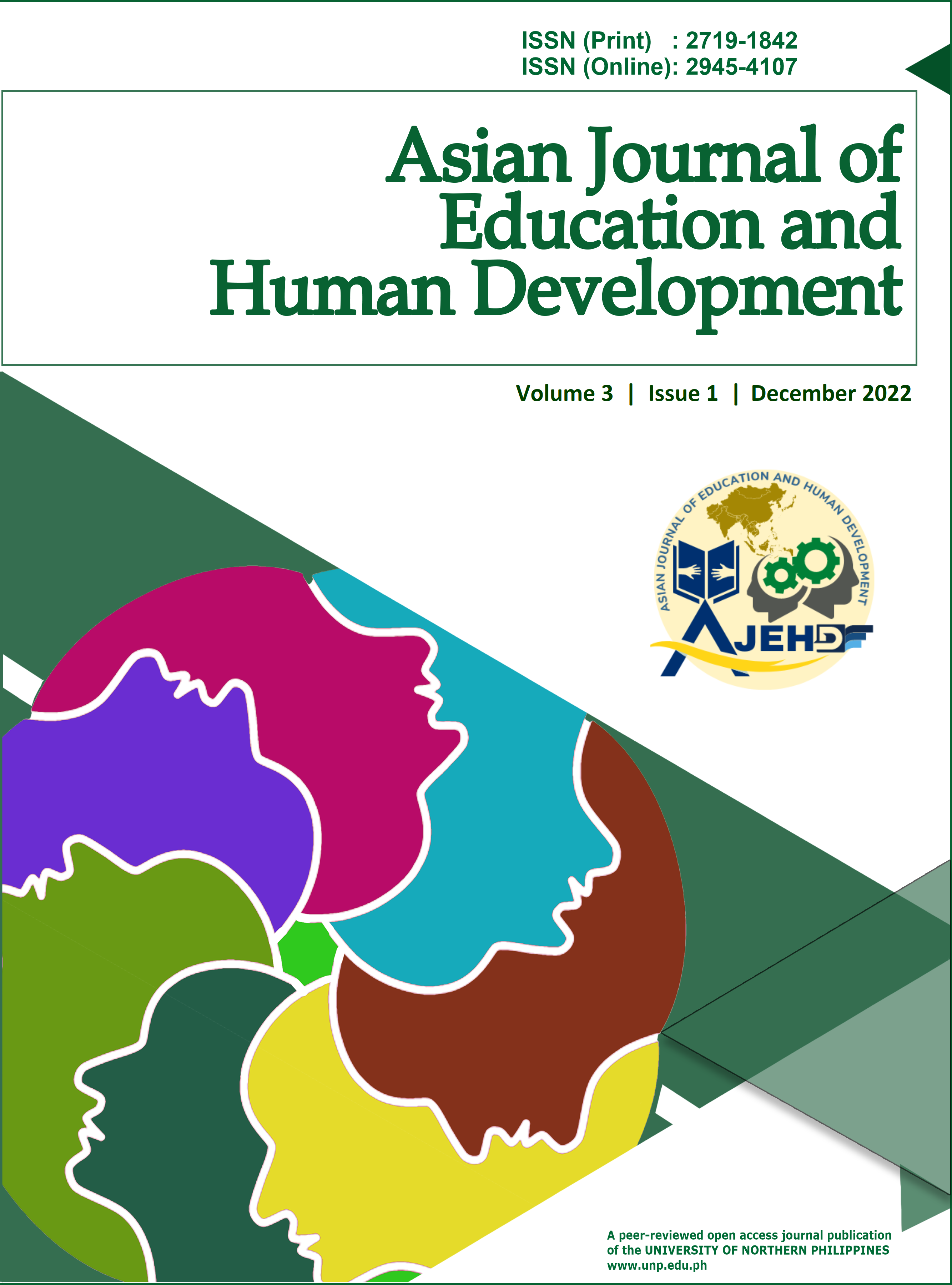Politeness Strategies in Online Classroom Chats: Its Implication in the Teaching-Learning Process
DOI:
https://doi.org/10.69566/ajehd.v3i1.42Keywords:
politeness, politeness strategies, interaction, teaching and learningAbstract
Politeness is part of cultural communication in Filipino classrooms to enhance group discussion. The study analyzed the politeness strategies used by faculty at the University of Northern Philippines that specifically determined the politeness strategies used by the faculty in online classroom chats and their implication in the online teaching-learning process. Transcriptions of classroom interaction in Messenger were data sources which were analyzed using Brown and Levinson’s (1987) typology employing conversational analysis and descriptive design. Results revealed that faculty used positive politeness strategies, bald on-record politeness strategies, and off-record politeness strategies. Positive politeness strategies and bald on record strategies are most frequently used. These strategies indicate that the faculty members are friendly, respectful, caring, and accommodating and promote good camaraderie between them and students. Politeness strategies create, maintain, and regulate healthy and productive conversation during class interaction, hence improving teaching-learning. It is recommended that faculty be familiarized with the different politeness strategies and their functions which will shape their interpersonal relationships with the students, thus encouraging healthier and more productive conversation, avoiding unwanted circumstances during their class interaction, and improving the online teaching-learning process.
Downloads
Downloads
Published
Issue
Section
License
Copyright (c) 2023 The Asian Journal of Education and Human Development (AJEHD)

This work is licensed under a Creative Commons Attribution-NonCommercial-ShareAlike 4.0 International License.





